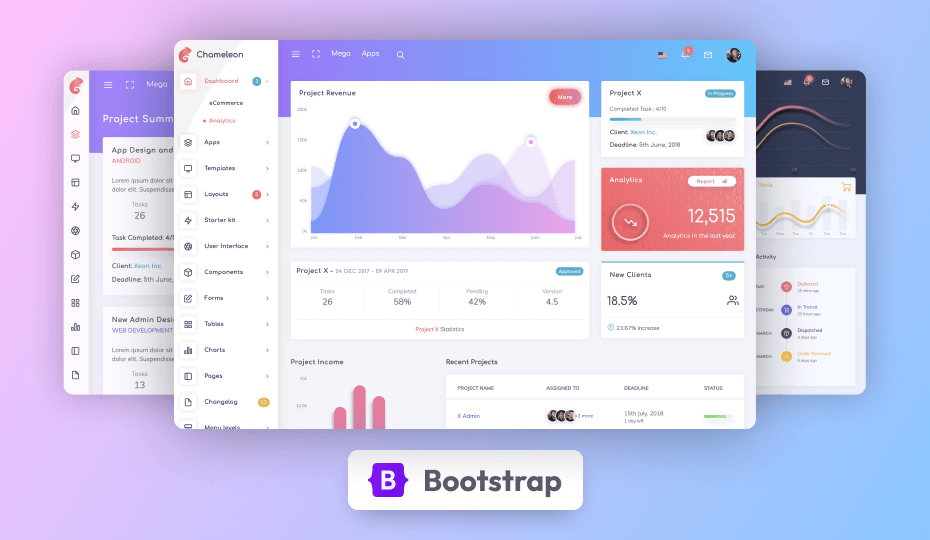欧迪娱乐,注册|Why User Experience Matters in Digital Marketing
Why User Experience Matters in Digital Marketing
Introduction
In today's digital world, user experience (UX) has become a critical factor in determining the success of a digital marketing campaign. With the plethora of information and options available to consumers at their fingertips, businesses must create seamless, engaging experiences to capture their attention and drive conversions. This article explores the significance of user experience in digital marketing, highlighting key aspects that contribute to its importance and providing actionable tips for improving UX.
User Experience and Customer Satisfaction
The primary goal of digital marketing is to attract, engage, and convert potential customers into loyal customers. A positive user experience plays a pivotal role in achieving this goal. When users have a positive experience interacting with a brand's digital touchpoints, such as a website, mobile app, or social media presence, they are more likely to engage with the brand, make purchases, and become repeat customers. Conversely, a negative user experience can lead to frustration, dissatisfaction, and a higher probability of users abandoning a website or app.
The Impact of UX on Key Metrics
User experience directly impacts several key metrics that are crucial for evaluating the success of a digital marketing campaign. These metrics include:
Website Traffic and Engagement: A positive user experience can increase website traffic and engagement by encouraging users to explore more content, spend more time on a site, and return frequently.
Conversion Rates: A seamless user experience can significantly improve conversion rates by making it easier for users to navigate a website, find the information they need, and complete desired actions, such as making a purchase or signing up for a newsletter.
Search Engine Rankings: UX plays a role in search engine rankings as search engines prioritize websites that provide a positive user experience. Factors such as site speed, mobile-friendliness, and clear content structure contribute to higher rankings in search results.

【4.】Brand Reputation and Loyalty: A positive user experience helps build a strong brand reputation and fosters customer loyalty. Satisfied customers are more likely to recommend a brand to others, write positive reviews, and become repeat customers.
Key Factors Contributing to a Positive UX

Creating a positive user experience requires attention to several key factors:
Accessibility: Ensure that your website and digital content are accessible to users with disabilities by adhering to web accessibility standards and guidelines.
Mobile-Friendliness: With the increasing use of mobile devices, it is essential to have a mobile-friendly website that provides an optimized experience for users on various devices.
Page Speed: Optimize your website's loading speed to minimize wait times and improve user engagement. A slow-loading website can lead to high bounce rates and lost conversions.
【4.】Clear and Concise Content: Provide clear and concise content that is easy to understand and navigate. Use headings, subheadings, and bullet points to break up text and make it more readable.
【5.】Visual Appeal: Incorporate visually appealing elements such as images, videos, and infographics to enhance the user experience and make your content more engaging.
【6.】Navigation and Usability: Ensure that your website is easy to navigate and that users can find the information they need quickly and easily. Consistent and intuitive design elements contribute to a positive UX.
【7.】Personalization: Personalize the user experience by tailoring content, recommendations, and offers based on individual user preferences and behaviors.
Tips for Improving UX in Digital Marketing
To improve UX in digital marketing, consider the following tips:
Conduct User Research: Gather insights into your target audience's needs, preferences, and behaviors through surveys, analytics, and user testing.
Create Buyer Personas: Develop buyer personas to better understand your target audience and tailor your UX accordingly.
Implement A/B Testing: Use A/B testing to experiment with different design elements, content layouts, and call-to-actions to determine what works best for your audience.
【4.】Continuously Monitor and Analyze: Use analytics tools to track key UX metrics, such as bounce rates, time on site, and conversion rates, and make data-driven improvements to your digital touchpoints.
【5.】Seek Feedback and Iterate: Encourage users to provide feedback on their experiences through surveys, feedback forms, or social media interactions, and use this feedback to make ongoing improvements.
Conclusion
User experience is paramount in digital marketing as it directly impacts customer satisfaction, key performance metrics, and overall brand reputation. By prioritizing UX, businesses can create seamless, engaging experiences that captivate users, drive conversions, and foster long-term customer loyalty. This comprehensive approach to UX encompasses accessibility, mobile-friendliness, page speed, clear content, visual appeal, intuitive navigation, personalization, and continuous monitoring and improvement. Embracing UX as a core
